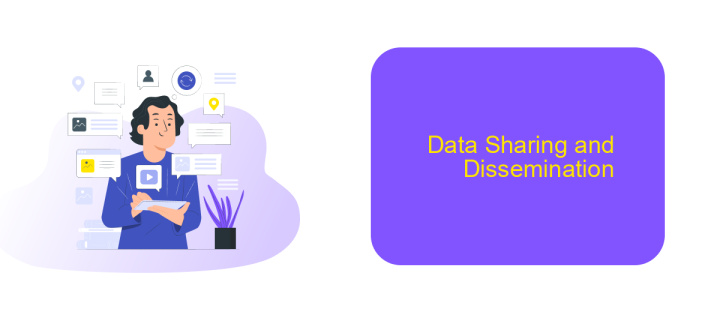Homeless Data Integration System
The Homeless Data Integration System (HDIS) is an innovative platform designed to streamline and enhance the collection, management, and analysis of data related to homelessness. By integrating various data sources, HDIS aims to provide a comprehensive understanding of homelessness trends, enabling policymakers and service providers to make informed decisions and implement effective interventions to address this critical social issue.
Introduction
The increasing number of homeless individuals presents a significant challenge for social services and governmental agencies. Efficient data management and integration are crucial to address this issue effectively. The Homeless Data Integration System aims to streamline data collection, sharing, and analysis to provide better support and resources for the homeless population.
- Centralized data repository for accurate and up-to-date information
- Automated data synchronization across multiple platforms
- Enhanced data security and privacy measures
- Real-time analytics and reporting for informed decision-making
By leveraging advanced integration tools like ApiX-Drive, the system can seamlessly connect various data sources and automate workflows, ensuring that all relevant information is accessible to stakeholders. This holistic approach not only improves service delivery but also enables more effective policy-making and resource allocation to combat homelessness.
Data Sources and Integration

The Homeless Data Integration System consolidates data from multiple sources to provide a comprehensive overview of homelessness trends and individual cases. Key data sources include local shelters, non-profit organizations, healthcare providers, and government agencies. Each of these sources contributes unique data points such as shelter occupancy rates, health records, and social services utilization. By aggregating this information, the system can offer real-time insights and facilitate more effective resource allocation and intervention strategies.
Integration of these diverse data sources is achieved through the use of advanced APIs and data management tools. ApiX-Drive, a robust integration platform, plays a crucial role in this process. It enables seamless data synchronization between disparate systems, ensuring that all relevant information is up-to-date and accessible. ApiX-Drive's user-friendly interface and automation capabilities significantly reduce the complexity of data integration, allowing stakeholders to focus on data analysis and decision-making rather than technical challenges.
Data Analysis and Visualization

Data analysis and visualization are crucial for understanding and addressing homelessness effectively. By integrating data from various sources, such as shelters, outreach programs, and public services, we can gain a comprehensive view of the homeless population and their needs. This holistic approach allows for more targeted interventions and resource allocation.
- Collect data from multiple sources using integration services like ApiX-Drive.
- Clean and preprocess the data to ensure accuracy and consistency.
- Analyze the data to identify trends, patterns, and correlations.
- Visualize the findings using charts, graphs, and interactive dashboards.
Utilizing tools like ApiX-Drive simplifies the data integration process, enabling seamless connections between disparate data sources. This not only saves time but also enhances the reliability of the data. Effective visualization transforms complex datasets into intuitive, actionable insights, empowering stakeholders to make informed decisions and develop more effective strategies to combat homelessness.
Data Sharing and Dissemination

Effective data sharing and dissemination are crucial components of the Homeless Data Integration System. Ensuring that data is seamlessly shared among various stakeholders, such as government agencies, non-profits, and service providers, can significantly improve the efficiency and effectiveness of homeless assistance programs.
To facilitate this process, the system leverages robust integration tools that allow for real-time data exchange. One such tool is ApiX-Drive, which enables the automation of data transfers between different platforms without the need for manual intervention. This ensures that all parties have access to the most current information, enhancing coordination and decision-making.
- Automated data synchronization across multiple platforms
- Real-time updates to ensure data accuracy
- Secure data transfer protocols to protect sensitive information
- Customizable integration settings to meet specific needs
By implementing these advanced data sharing mechanisms, the Homeless Data Integration System not only streamlines data management but also fosters a collaborative environment where stakeholders can work together more effectively. This ultimately leads to better outcomes for individuals experiencing homelessness.


Future Directions and Best Practices
As we look to the future of the Homeless Data Integration System, it is crucial to focus on enhancing interoperability and scalability. Implementing advanced data analytics and machine learning algorithms can significantly improve the accuracy and efficiency of service delivery. Additionally, integrating real-time data from various sources will enable more responsive and adaptive support systems, ensuring that resources are allocated where they are most needed.
Adopting best practices in data integration involves leveraging robust platforms like ApiX-Drive, which facilitate seamless data synchronization across multiple systems. This not only ensures data consistency but also reduces the manual workload, allowing service providers to focus more on client care. Continuous training and capacity building for staff on the latest technological tools and data privacy protocols will further enhance the system's effectiveness and reliability. By prioritizing these future directions and best practices, we can create a more efficient and compassionate support network for the homeless population.
FAQ
What is the Homeless Data Integration System?
How does the system ensure data privacy and security?
Can the system integrate with other data sources?
What kind of reports can be generated from the system?
How can service providers access and use the system?
Routine tasks take a lot of time from employees? Do they burn out, do not have enough working day for the main duties and important things? Do you understand that the only way out of this situation in modern realities is automation? Try Apix-Drive for free and make sure that the online connector in 5 minutes of setting up integration will remove a significant part of the routine from your life and free up time for you and your employees.

